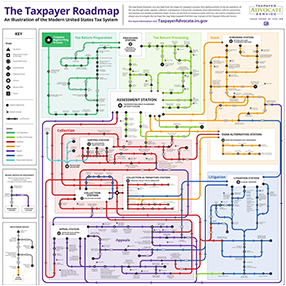The Saver’s Credit Can Help Some Taxpayers Save More In 2023

Qualifying taxpayers can start saving for their retirements now and may even qualify for The Retirement Savings Contributions Credit. Also known as the Saver’s Credit, this credit offsets funds that an employee voluntarily contributes to an Individual Retirement Arrangement (IRA), 401(k) plan, or a similar workplace retirement program. For help determining whether you are eligible for this credit, reach out to our tax return preparation legal team today.
What is the Saver’s Credit?
The Saver’s Credit allows certain taxpayers to offset part of the first $2,000 they voluntarily contribute to a traditional IRA, Roth IRA, or other workplace retirement plan. The credit can also be used by qualifying taxpayers with disabilities if they are also the designated beneficiary of an Achieving a Better Life Experience (ABLE) account, or contribute to such an account. The Saver’s Credit can also be used in conjunction with other applicable tax savings. For instance, most employees can also deduct their contributions to traditional IRAs.
Making a Voluntary Contribution
Eligible employees still have until April 18th of this year to either make a retirement contribution to an already existing IRA or to set up a new account and still qualify for the Saver’s Credit on their 2022 returns. This is a bit different from the rules for those who participate in other workplace retirement plans, who must have made contributions by the end of last year to qualify for a deduction.
Who Qualifies for the Saver’s Credit?
A taxpayer can only qualify for the Saver’s Credit if he or she satisfies certain income limits, which in turn are based on a person’s adjusted gross income and filing status. These limits, however, are set to increase significantly in 2023 due to inflation. Under these increases, the Saver’s Credit can now be claimed by:
- Married couples who file jointly and who have an income of up to $68,000 in 2022 or $73,000 in 2023;
- Heads of household with incomes of $51,000 in 2022 or $54,750 in 2023;
- Married taxpayers who file separately with an income of up to $34,000 in 2022 or $36,500 in 2023; and
- Single taxpayers with an income of up to $34,000 in 2022 or $36,500 in 2023.
Like other tax credits, the Saver’s Credit could potentially increase a taxpayer’s refund or reduce the amount that he or she owes to the IRS. The amount of the credit for which a taxpayer can qualify is based on his or her filing status, adjusted gross income, tax debt, and the amount contributed to an eligible retirement program.
Schedule a One-on-One Meeting Today
The Saver’s Credit can supplement other tax benefits, credits, or deductions for those who are diligent in setting aside funds for retirement. For help determining whether you qualify for this, or other tax credits, reach out to CPA, former FBI Special Agent, and experienced Florida tax return preparation lawyer Ronald Cutler, P.A. today. You can set up a free, one-on-one consultation by calling our office at 386-490-9949.
Sources:
irs.gov/newsroom/save-for-retirement-now-get-a-tax-credit-later-savers-credit-higher-limits-can-help-low-and-moderate-income-workers-save-more-in-2023
irs.gov/retirement-plans/plan-participant-employee/retirement-savings-contributions-savers-credit



